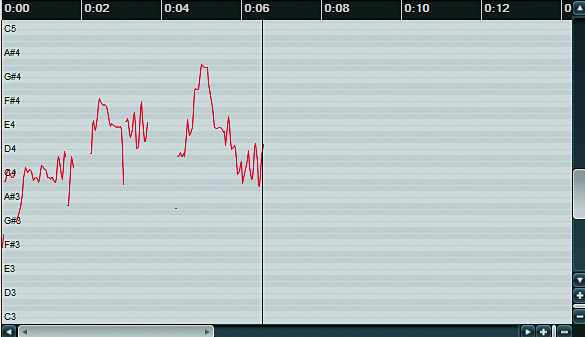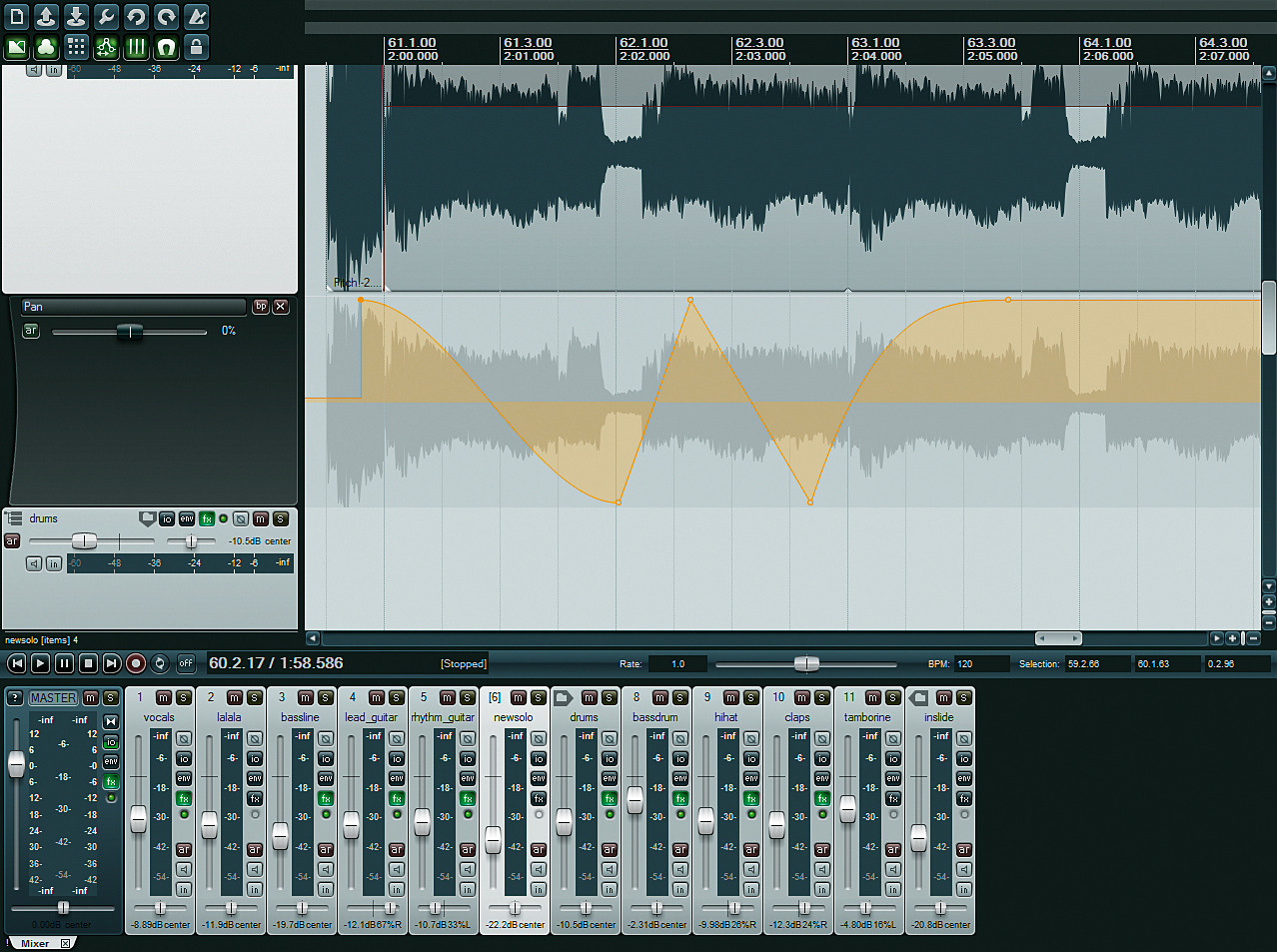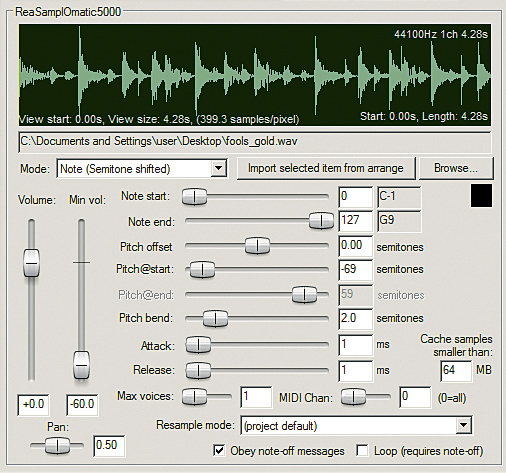12 Reaper tips and tricks
If you're just getting acquainted with Cockos Reaper - or you're considering trying it for the first time - here are 12 things to bear in mind…
1. Pitch up
If you're stuck with a dodgy vocal take, don't panic - you might be able to get away without re-recording it. Reaper includes a handy little plug-in called ReaTune, which works in a similar way to Antares Auto-Tune. Simply set the correction mode to a scale and key, and the plug-in will do the rest. Alternatively, the manual correction mode can be used for more in-depth pitch manipulation.
2. System overload
When using lots of plug-in instruments and effects, you may find yourself running out of CPU power. Thankfully, Reaper's Performance Meter window offers the most advanced performance analysis we've seen, showing you exactly which tracks are consuming the most power. It can be accessed from the View window.

3. Chained up
One cool way to streamline your workflow is to save commonly-used combinations of instruments or effects as FX chains. To do this, right-click the FX window and select Save FX Chain. These can then be added to any track by right-clicking it and selecting Add FX Chain.
4. In a jam
Stuck for inspiration? Reaper includes a great tool for online collaboration in the shape of ReaNINJAM. This plug-in enables users to jam together over the internet. For more details, head to the NINJAM website, where you can access the NINJAM community forum.

5. Window of opportunity
These days, many DAWs eschew multiple floating windows and instead opt for a single-window approach. Reaper gives you the best of both worlds: by default, the MIDI grid editor, performance meter and so forth all open in new windows. However, they can also be docked at the bottom of the screen by right-clicking them and selecting the Dock option.
6. Double take
Need to beef up a track in a hurry? Give Reaper's Tracks»Duplicate Selected Tracks function a whirl. This creates identical copies of any and all selected tracks, making it perfect for doubling MIDI lines, or for performing parallel processing on audio parts.
Get the MusicRadar Newsletter
Want all the hottest music and gear news, reviews, deals, features and more, direct to your inbox? Sign up here.
7. Curve Ball
Reaper offers a variety of different automation curves. To select a curve type, right-click an automation point and pick Select Shape For All Selected Points from the menu. You'll be presented with a choice of several well thought-out curve types, which can help make getting that perfect sweep or fade that little bit easier.
8. Locking up
With complex projects, it's easy to get confused and edit items you might not mean to. In order to avoid this, check out Reaper's lock function. Open the Appearance»Media section of the Preferences menu and ensure that both Locked and Unlocked in the Media Item Icons panel are selected. All media items will now display a lock icon that enables you to fix their position.
9. Causing ripples
Another useful feature when working with complex or longer projects is Reaper's ripple mode. This is activated by pressing Alt+P, or via the Options»Ripple Editing menu entry. With ripple edit mode activated, any audio object you move on any given track will also move everything else on that line.
10. Taking a sample
One of Reaper's best-kept secrets is the ludicrously-named ReaSamplOmatic 5000 instrument. A basic sampler, it's nothing particularly out of the ordinary, but its modest CPU usage requirements and straightforward interface make it worth checking out. It can only load a single sample, but you can use multiple instances for multisampled patches and drum kits.

11. Power trip
If you're struggling to keep those CPU cycles down, consider using Reaper's clever Render Selected Tracks To Stem Tracks (And Mute Originals) function, in the Track menu. This quickly creates a bounced version of each track, including any effects processing. With the original tracks automatically muted, your CPU is freed up for other tasks.
12. Cash register
If you continue to use Reaper after the 30-day evaluation period, you really should register it. Not only will this help fund development of the DAW and give you a nice, warm feeling inside, but once you've done it, you won't have to wait for the irritating countdown timer each time you launch it.
For a complete guide to using Reaper, check out the May issue of Computer Music (CM151) which is on sale now.


Computer Music magazine is the world’s best selling publication dedicated solely to making great music with your Mac or PC computer. Each issue it brings its lucky readers the best in cutting-edge tutorials, need-to-know, expert software reviews and even all the tools you actually need to make great music today, courtesy of our legendary CM Plugin Suite.










